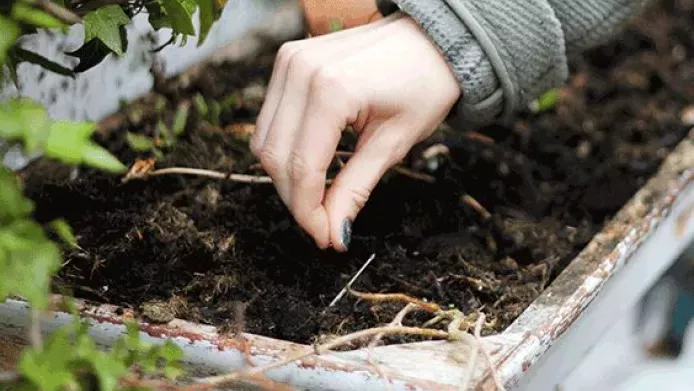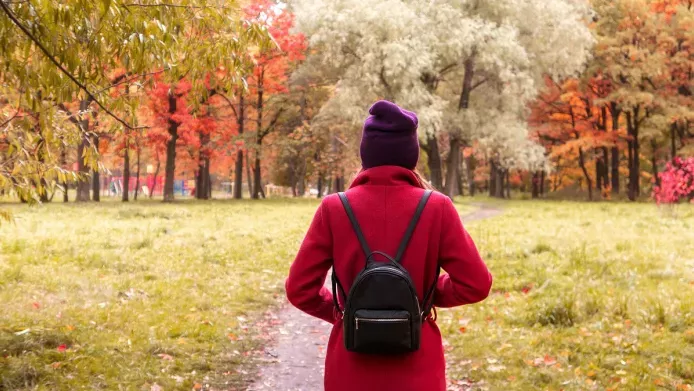When you think of wildflowers, you probably think of spring.
But at Grow Wild, we have been encouraging people to sow wildflower seeds in autumn as well. Ted Chapman, Grow Wild’s seed scientist, is in favour: 'I’m delighted Grow Wild are embracing autumn sowing, as this is really a much better time of year for sowing natives than the spring.'
Ted should know, as he’s one of the foremost experts on UK native wildflowers. But why is autumn a much better time for sowing native wildflowers?

Following nature’s course
Most wildflowers release their seeds in late summer and autumn, so it makes sense to sow seeds at those times, just as nature intended.
In the mild, damp conditions of autumn, some seeds germinate quickly while others will stay dormant (sleeping) in the soil over winter, waiting until the conditions become right again for germination in spring.
Native wildflower species have evolved and adapted to conditions here in the UK, so many need that period of cold during winter to then start growing.
In fact, some species even germinate better after a period of cold, for example poppies (Papaver rhoeas) and cowslips (Primula veris) can’t germinate without a cold snap!
Since we are working with nature, encouraging our seeds to follow their natural cycle, sowing wildflower seeds in autumn before the cold weather begins can really help them get established.
It’s also likely you’ll have to do much less watering and you should (fingers crossed!) have larger, healthier plants next summer.
So, when is autumn?

For the purposes of sowing, autumn is determined by the conditions of the soil you are using.
If you start too early, then it may be too dry and hard to dig; too late and it may be too wet and muddy. And if you’re really really late it may be far too cold to create the right environment for your seeds to get established.
The perfect time is as soon as the soil is damp enough to easily be able to dig into (or ‘cultivate’ if you want the technical term).
But before you start, make sure you have consulted our list of things to do before you actually start sowing.
What happens once I’ve sown my seeds?
Once your seeds are in the soil, they will either germinate quickly and grow a few small leaves, or look as if they’re doing nothing (which they are).
As soon as the cold weather starts, all the seeds – whether germinated or not – will wait patiently until the weather starts to warm up in spring.
During this time, you don’t need to water your seeds, as they are not doing any growing… so for those among us with less time on our hands this is an added bonus for sowing in autumn!
For advice, instructions and troubleshooting tips, explore our 'How to grow wildflowers' resources.
